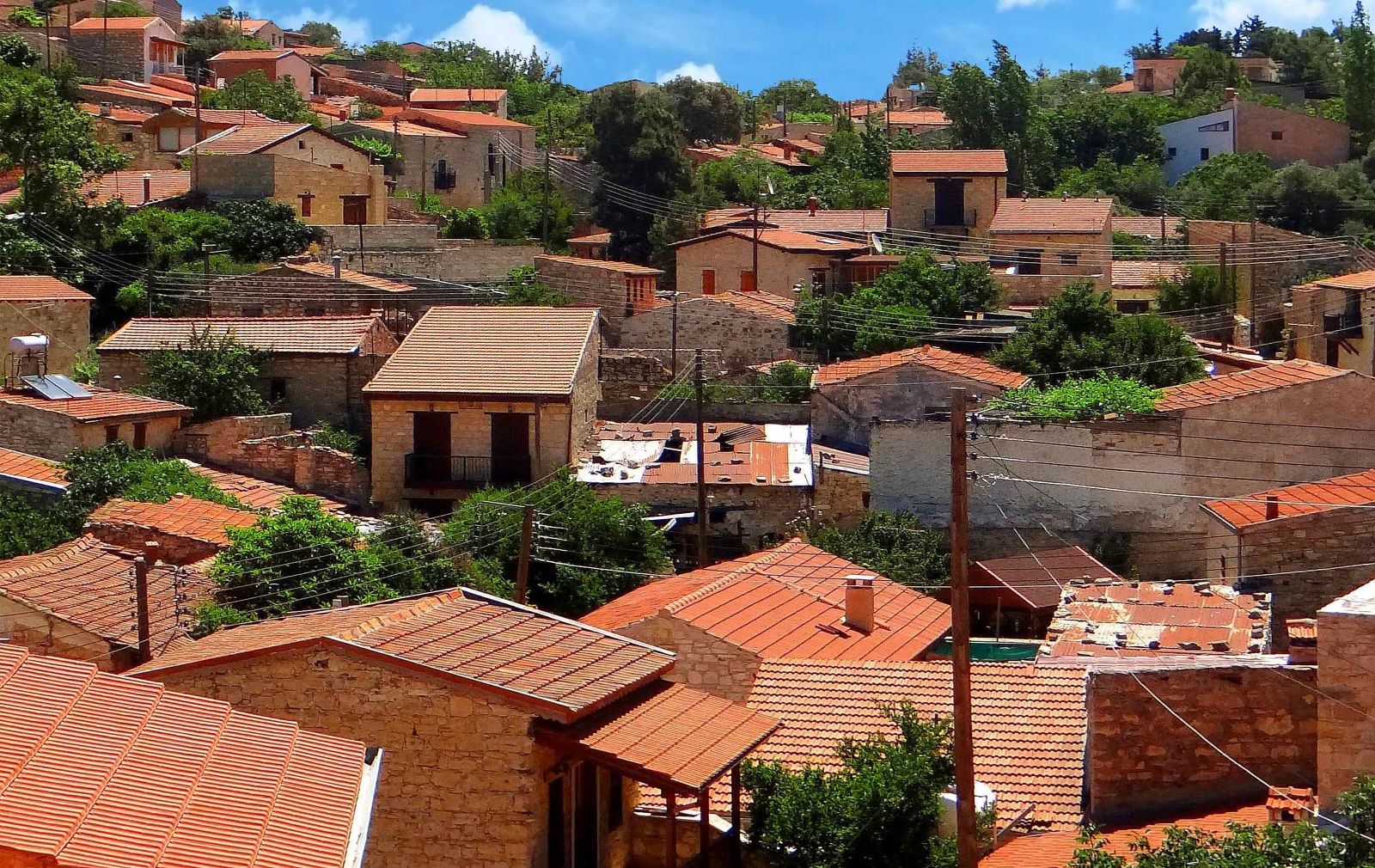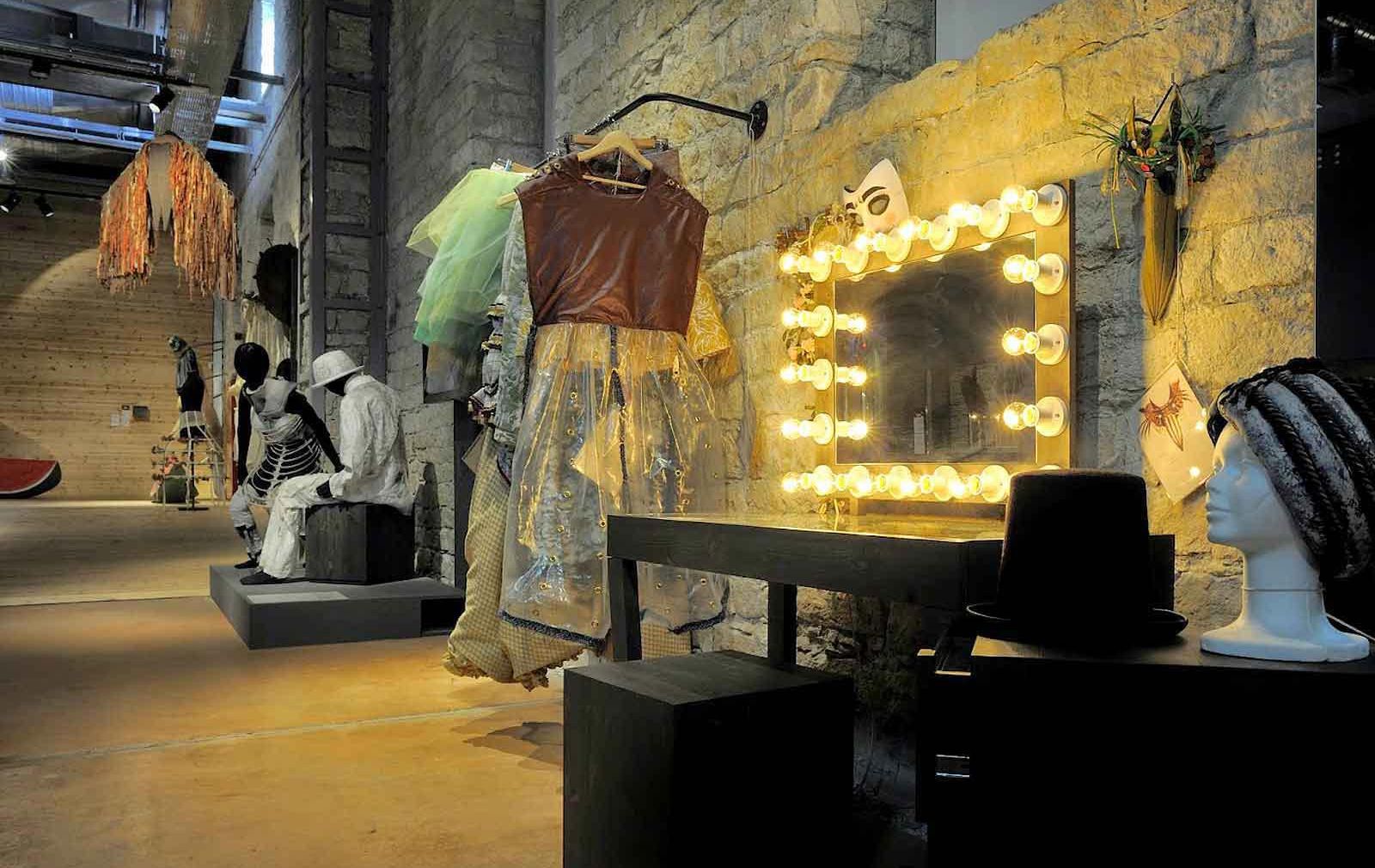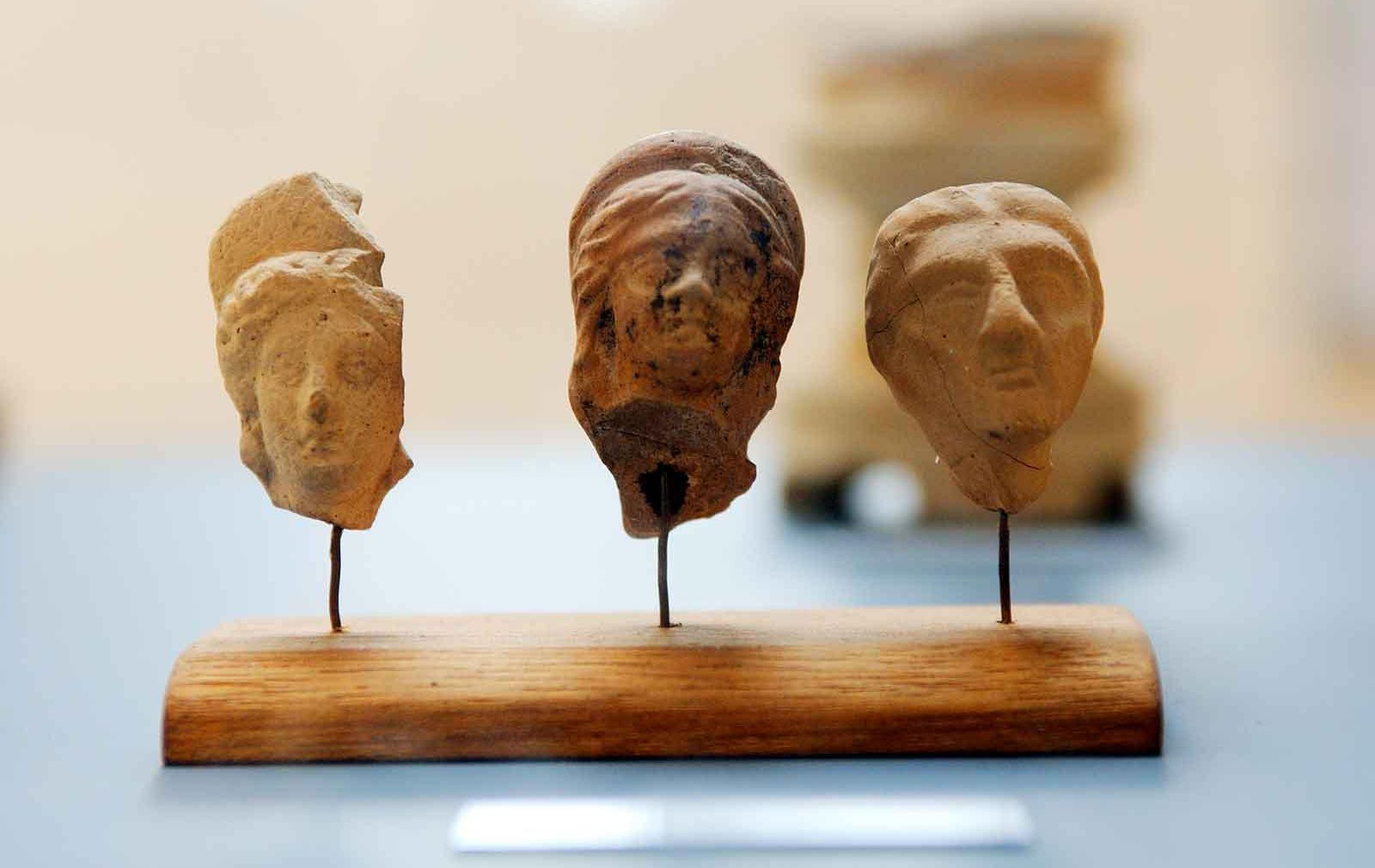Destinations
Nicosia District
With its distinction as the only divided capital in the world, Lefkosia (Nicosia) and its surrounding region combines the heartbeat of the island’s commercial and businesses centre with an interesting past, and rural areas where escape is possible in naturally beautiful, green environs.
The capital itself is steeped in history and culture, with a charming old city surrounded by massive Venetian walls, and the island’s largest concentration of museums, art galleries and religious and historical monuments, that all tell wonderful stories of the island through the ages.
NICOSIA DISTRICT
With its distinction as the only divided capital in the world, Lefkosia (Nicosia) and its surrounding region combines the heartbeat of the island’s commercial and businesses centre with an interesting past, and rural areas where escape is possible in naturally beautiful, green environs.
The capital itself is steeped in history and culture, with a charming old city surrounded by massive Venetian walls, and the island’s largest concentration of museums, art galleries and religious and historical monuments, that all tell wonderful stories of the island through the ages.
Leaving the busy capital behind, the region then expands to the countryside, where a different side unfolds amidst orchards and olives groves, forests and hillsides.
Visitors will encounter the ruins of two rich city-kingdoms that also form part of the Lefkosia region; those of Tamassos and Idalion (both south of Lefkosia).
Tamassos was built near an important copper mine and prospered greatly during Roman times - when Cyprus was famous for its copper. At the site of Idalion, there is a museum with chronological exhibits from excavations of the area.
Stretching up into the pine forest of the Machairas mountains, the scenery becomes more and more picturesque, with significant sights, such as the ancient Machairas monastery and Agios Irakleidios Convent, where the relics of the saint are kept inside the church.
There are also an abundance of quaint, mountainous villages that form part of the rural areas of the region, with their cobbled streets and preserved stone and adobe houses, offering a glimpse of village life in Cyprus. Worth visiting is the village of Fikardou, which has been declared a national monument, and was awarded the Europa Nostra award in 1987 for its carefully restored 18th century houses with their remarkable woodwork and folk architecture. Other interesting villages include Alona, Prodromos, Pedoulas, Kakopetria and Palaichori.
Offering the best of two worlds; that of vibrant capital, and also of rural retreat, the two ‘faces’ of the region of Lefkosia are both equally beguiling.
-

OLD CITY
-

Famagusta Gate
-

Faneromeni Square & Faneromeni Church
-

Laiki Geitonia
-

Shacolas Tower Museum & Observatory
-

Old City Little Cafes & Restaurants
-

Venetian Walls
-

Archbishop's Palace, St John's Cathedral & Byzantine Museum
-

Green Line
-

Kornesios Mansion
Limassol District
Legends of kings and kingdoms, and the origins of the island’s wine making industry characterise the Lemesos (Limassol) region, which embodies both the ancient and the modern.
Known as the region of wine, celebrations and ancient realms, Lemesos is comprised of its main city - which sits between two important archaeological sites; the ancient city-kingdom of Amathus to the east, and the ancient city-kingdom of Kourion to the west - along with rural areas and charming mountainous villages, where old traditions and crafts are still practised.
LIMASSOL DISTRICT
Legends of kings and kingdoms, and the origins of the island’s wine making industry characterise the Lemesos (Limassol) region, which embodies both the ancient and the modern.
Known as the region of wine, celebrations and ancient realms, Lemesos is comprised of its main city - which sits between two important archaeological sites; the ancient city-kingdom of Amathus to the east, and the ancient city-kingdom of Kourion to the west - along with rural areas and charming mountainous villages, where old traditions and crafts are still practised.
Lemesos is the second largest city of Cyprus, the home of the island’s main port, and a bustling holiday resort. From its jewel of a marina and impressive archaeological monuments, to the vast 15 km coastal strip lined with restaurants, bars, cafes, shops and entertainment establishments, the main city is thriving and colourful.
The region also encompasses two unique wetlands. Germasogeia Dam is a peaceful place to relax, take a stroll, or enjoy a spot of angling, whilst Akrotiri Salt Lake is perfect for observing nature and wildlife (especially birds). The environmental significance of the Salt Lake and its surrounding area are showcased at the new installations of Akrotiri Environmental Centre.
The region then trails up the sun-kissed southern slopes of the Troodos mountains, with vineyards forming a pleasant green backdrop to the city. The hillside villages here are known collectively as the 'Krassochoria' (or wine villages), and keep their old traditions of viticulture alive, producing the island’s best wines even today, and especially one of the oldest named wines in the world – the sweet dessert wine of Commandaria. Here, visitors will find a tranquil, rural retreat where hiking and cycling can be enjoyed in the unspoilt countryside.
With its viticultural pedigree and a magical history, the region of Lemesos simply sparkles with opportunity from coast to hillside.
-

OLD TOWN
-

LIMASSOL MARINA
-

LIMASSOL CARNIVAL
-

Limassol Promenade
-

Old Town Architecture
-

Curium Ancient Theater
-
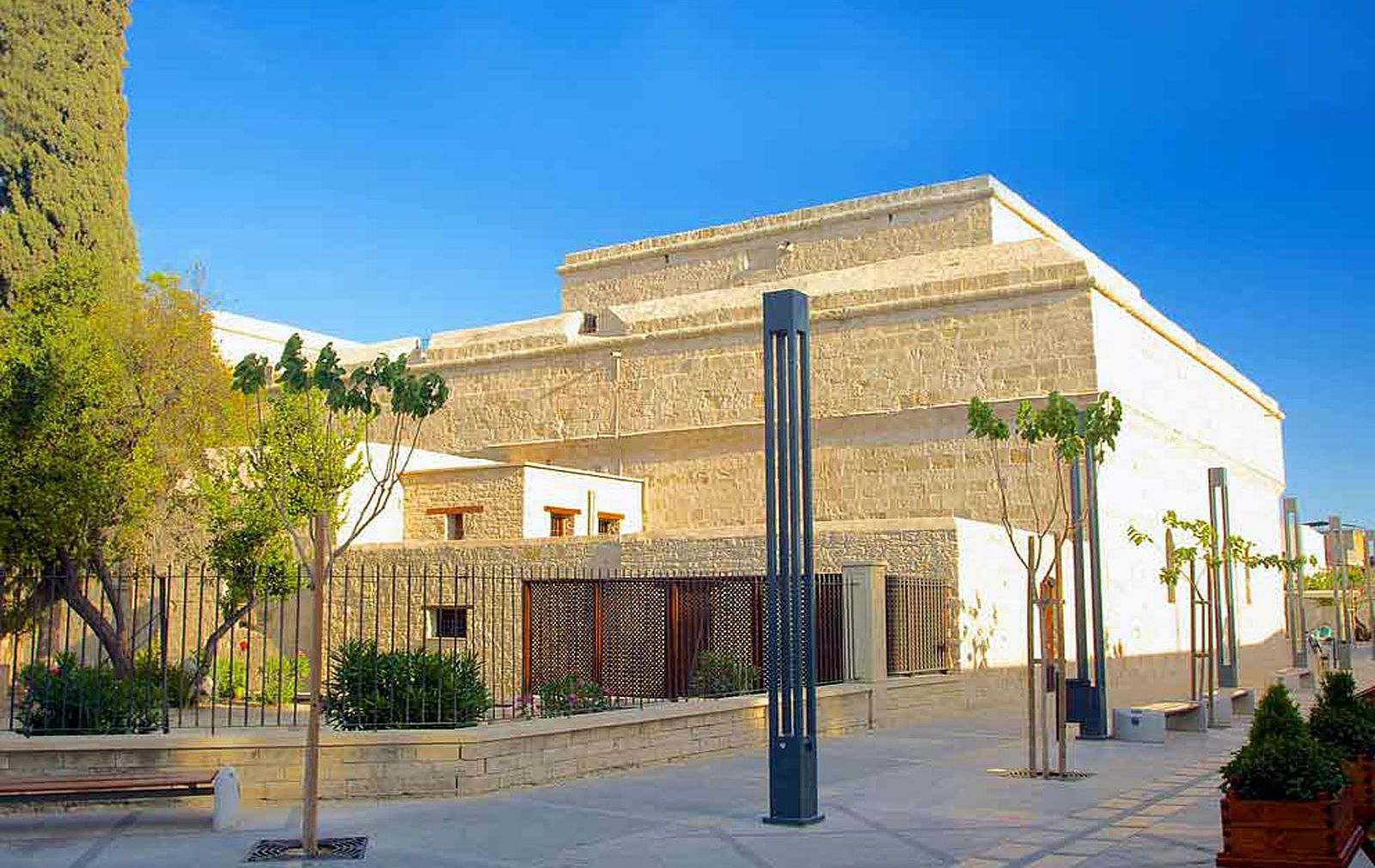
Limassol Castle
-

Kolossi Medieval Castle
-

Ancient Amathus
Larnaka District
East meets west in the ancient district of Larnaka (Larnaca), where hundreds of years of contrasting civilizations, architecture and culture have left their mark on an authentic and diverse region.
Both Christianity and Islam have important religious sites in Larnaka. The Church of Saint Lazarus, who lived in Larnaka after his resurrection, and the Mosque of Hala Sultan - built in honour of the Prophet’s Mohammed’s aunt - are two of the main attractions of the city. Other popular sights are the Medieval Castle, the palm tree-lined promenade of ‘Finikoudes’, and Larnaka Salt Lake, which fills with flocks of vibrant pink flamingos during the winter months.
LARNAKA DISTRICT
East meets west in the ancient district of Larnaka (Larnaca), where hundreds of years of contrasting civilizations, architecture and culture have left their mark on an authentic and diverse region.
Both Christianity and Islam have important religious sites in Larnaka. The Church of Saint Lazarus, who lived in Larnaka after his resurrection, and the Mosque of Hala Sultan - built in honour of the Prophet’s Mohammed’s aunt - are two of the main attractions of the city. Other popular sights are the Medieval Castle, the palm tree-lined promenade of ‘Finikoudes’, and Larnaka Salt Lake, which fills with flocks of vibrant pink flamingos during the winter months.
Further out, the mountainous areas of Larnaka trail up the Troodos range, which is dotted with charming villages of narrow streets, where traditions and skilled handicrafts are still practiced. Of the most famous is the handmade lace embroidery of Lefkara and its delicate filigree silver, whilst villages like Kato Drys, Vavla and Odou are also pretty and tranquil.
The region is also rich in significant archaeological sites, including ‘Choirokoitia’ - one of the best-preserved sites of a prehistoric settlement in the Eastern Mediterranean - and ‘Kalavasos Tenta’, located in the rural areas.
One of the finest examples of Byzantine art of the Justinian period - a rare 6th century mosaic of the Virgin and Child between two archangels – can be found in the region at Angeloktisti Church in Kiti village, whilst the solitary monastery of Stavrovouni, one of the oldest on the island, sits perched on a rocky peak with panoramic hillside views. In Pyrga village, the Royal Chapel - built in 1421 by the Lusignan King Janus - is decorated with an interesting wall painting of the king and his wife, Charlotte de Bourbon.
Enjoy a melting pot of diversity and history, combined with coast and mountains in the captivating region of Larnaka!
-

CITY CENTER
-

St. Lazarus Church & Ecclesiastical Museum Larnaca
-

Finikoudes (Palm Trees) Promenade
-

Larnaca Salt Lake & Hala Sultan Tekke Mosque
-

Zenobia Wreck
-
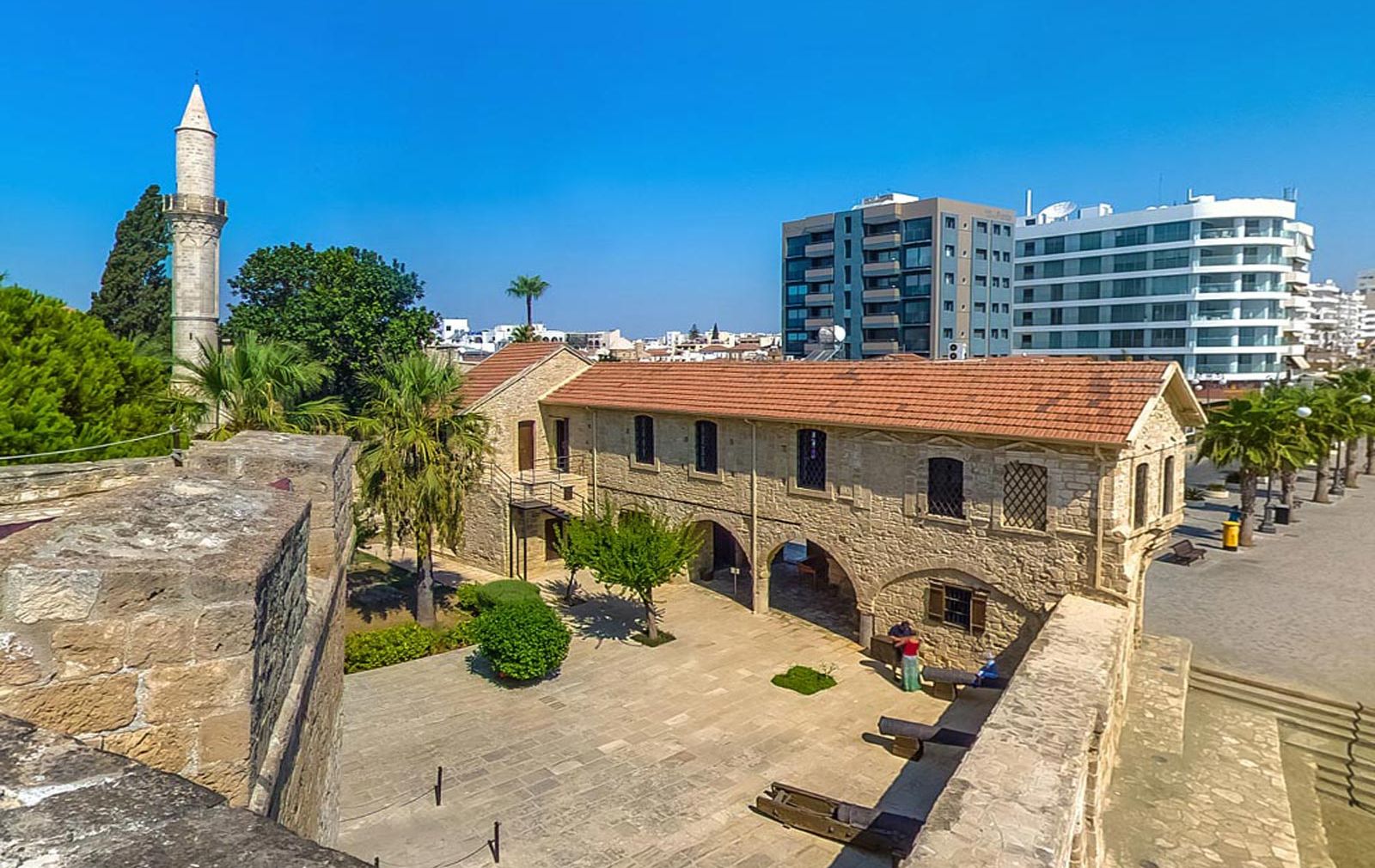
Larnaka Medieval Castle
-

Choirokoitia Neolithic Settlement (UNESCO)
-

Kamares (Larnaca Old Aqueduct)
-

Piale Pasha Street
Pafos District
An air of romance and history carries through the naturally abundant and culturally rich region of Pafos (Paphos).
Comprised of its old and new towns, rural villages and picturesque resorts, the region is home to some of the most stunning areas of natural beauty on the island, whilst its many archaeological sites are historically invaluable, with Katos Pafos declared a UNESCO World Heritage Site as a whole.
PAFOS DISTRICT
An air of romance and history carries through the naturally abundant and culturally rich region of Pafos (Paphos).
Comprised of its old and new towns, rural villages and picturesque resorts, the region is home to some of the most stunning areas of natural beauty on the island, whilst its many archaeological sites are historically invaluable, with Katos Pafos declared a UNESCO World Heritage Site as a whole.
Centered around the quaint harbour and impressive Medieval Castle, Pafos’ environs then stretch to incorporate the tourist resort of Polis Chrysochous. The pretty and tranquil area - known simply as ‘Polis’ - has expanded to become a sub-district in its own right, and encompasses the beautiful Akamas National Park, Lara beach - which is a breeding site for turtles, and the traditional fishing shelter of Latchi.
Whilst visiting the area, pass by the Baths of Aphrodite, which is located near Polis. Greek mythology tells that the Goddess of Love and Beauty bathed here, and it is one of the enticing sites in the region that trace her story. Her connection with Cyprus begins at the landmark rock formation of Petra tou Romiou (Aphrodite’s Rock/birthplace), where she rose from the waves. From there, make a pilgrimage to her sanctuary at Kouklia.
Further out, the monastery of Agios Neofytos is located in a secluded valley, and was founded by the Cypriot ascetic Saint Neofytos around 1200. The monastery of Panagia Chrysorogiatissa, next to Panagia village, is also significant for its well-preserved buildings dating back to 18th century.
Nestled within Pafos Forest is the breathtaking mountain locality of Cedar Valley. The area is crossed by a country road that unfolds into Stavros tis Psokas, an additional mountain locality that is home to the rare and shy Mouflon (Ovis gmelini ophion).
A myriad of outdoor pursuits can also be enjoyed, further enhanced by religious monuments, wineries and museums, making the Pafos region a haven of nature and culture.
-

KATO PAPHOS ARCHAEOLOGICAL PARK
-

Petra tou Romiou Beach (Aphrodite's Birth Place)
-

Paphos Harbour & Medieval Castle
-

POLIS CHRYSOCHOUS REGION
-
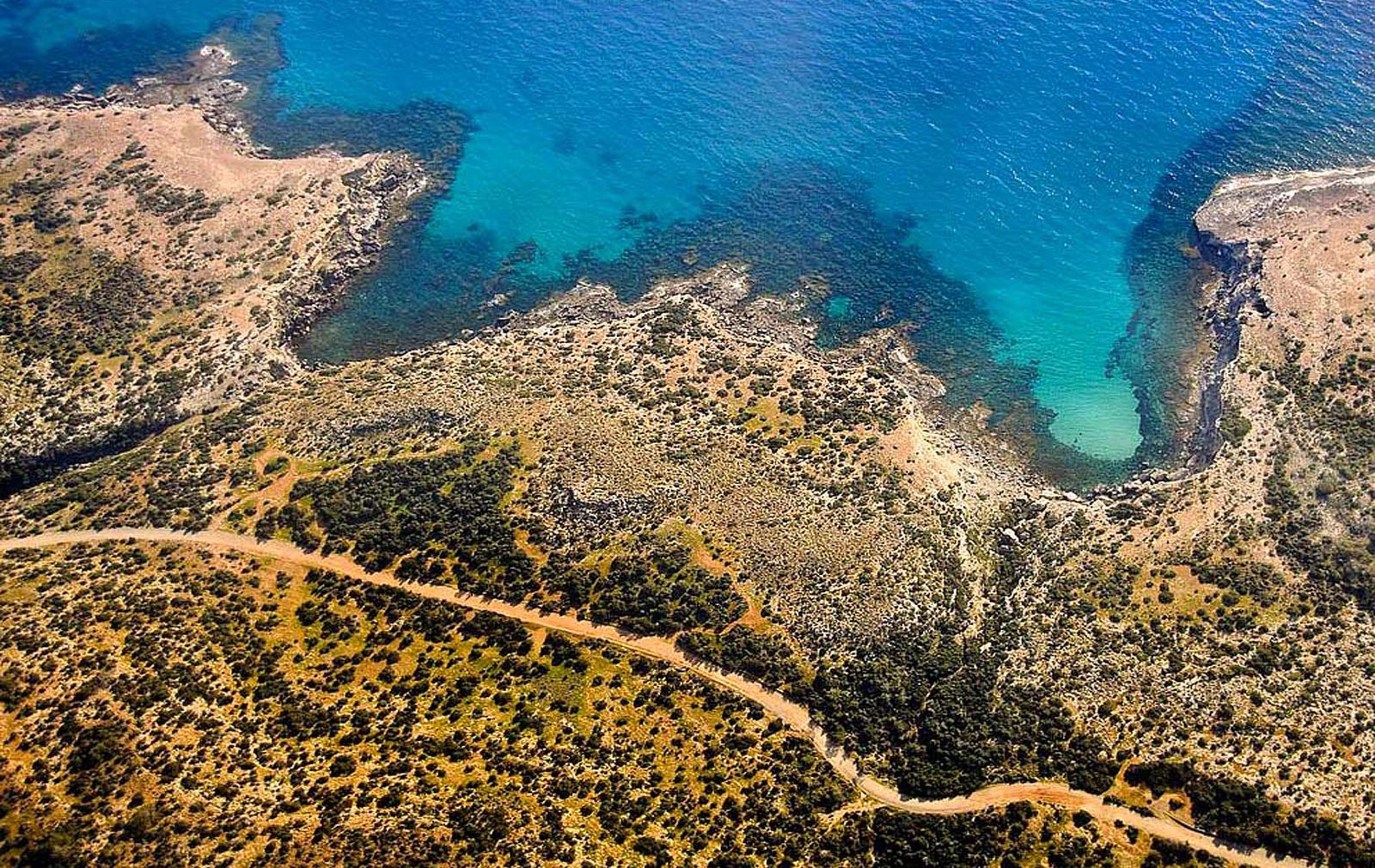
Akamas Peninsula (Hiking or Jeep Safari)
-
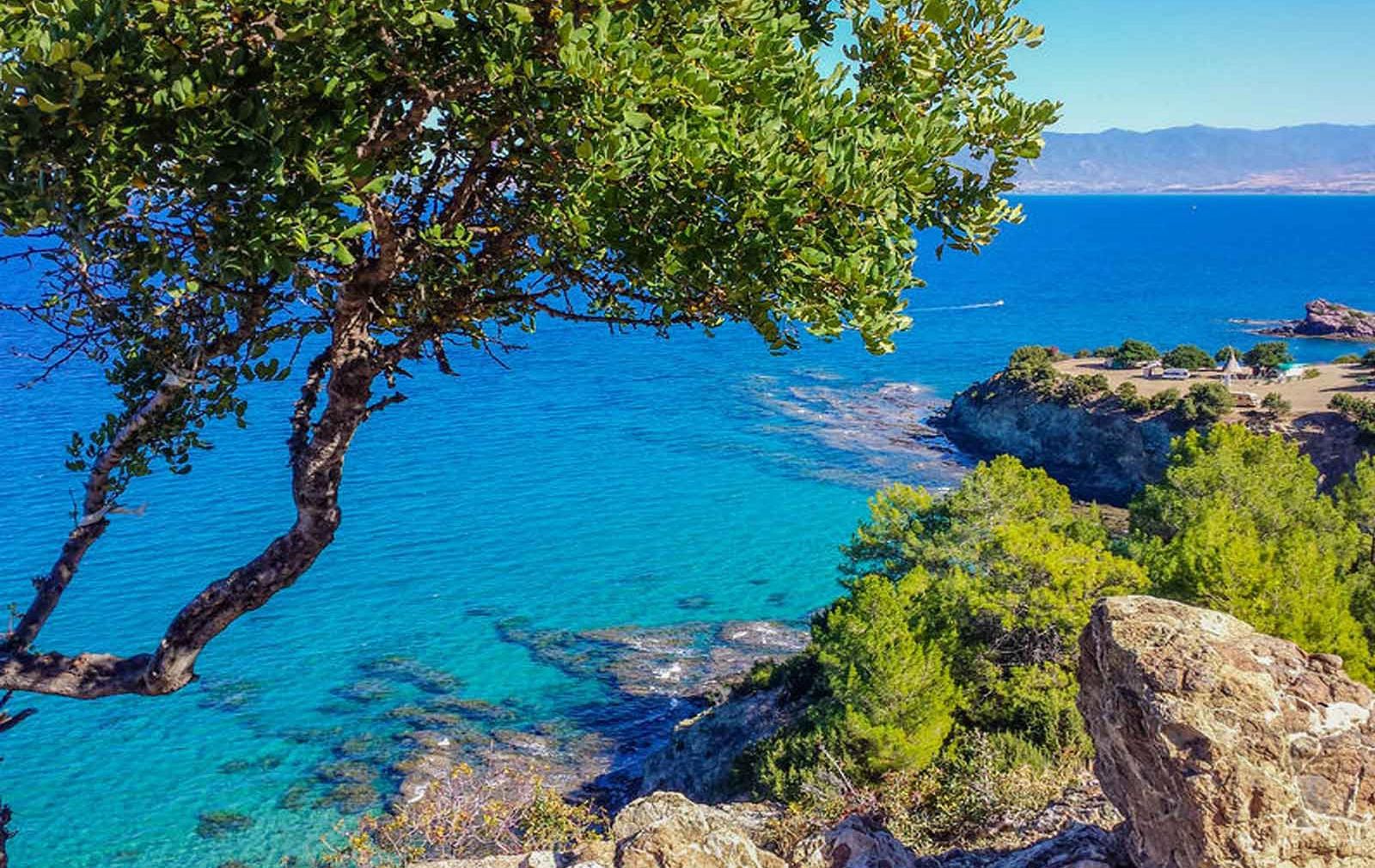
Blue Lagoon Cruise (Akamas Peninsula)
-

Paphos Forest (Cedar Valley and Cyprus Mouflon)
-

Golf Courses
Famagusta District
Sparkling, crystal waters and powdery, golden sands are one of the defining features of the region of Ammochostos (Famagusta), with its scenic landscape further dotted by quaint windmills, and its mineral-rich earth growing some of the island’s tastiest, fresh produce.
Comprised of the main holiday resorts of Agia Napa and Paralimni-Protaras, the once-tiny villages have seen their popularity and boundaries expand into bustling resorts that continue to attract visitors in their droves.
FAMAGUSTA DISTRICT
Sparkling, crystal waters and powdery, golden sands are one of the defining features of the region of Ammochostos (Famagusta), with its scenic landscape further dotted by quaint windmills, and its mineral-rich earth growing some of the island’s tastiest, fresh produce.
Comprised of the main holiday resorts of Agia Napa and Paralimni-Protaras, the once-tiny villages have seen their popularity and boundaries expand into bustling resorts that continue to attract visitors in their droves.
The stunning coasts of the region are further enhanced by its famous, vibrant nightlife, large variety of tourist accommodation, idyllic fishing harbours, Medieval churches, and picturesque, traditional villages. Together, they offer the perfect recipe for a fantastic holiday.
One of the main attractions of the area is the Natural Forest Park of Cape Gkreko with its cliffs, caves and coves. Aside from its breathtaking views, the park is ideal for swimming, diving, boat trips, walking and cycling, all in beautiful natural surroundings.
And no doubt, you will taste the difference in the fresh produce that the ‘red soil villages’ (Kokkinochoria) of the region grow. Thanks to its unique richly-red earth, the area is famous for juicy watermelons and strawberries, and the delicious and versatile Cyprus potato, all bursting with flavour!
From sun-seeker to party-animal, foodie to explorer, everyone will fall in love with Ammochostos and its charm.
-
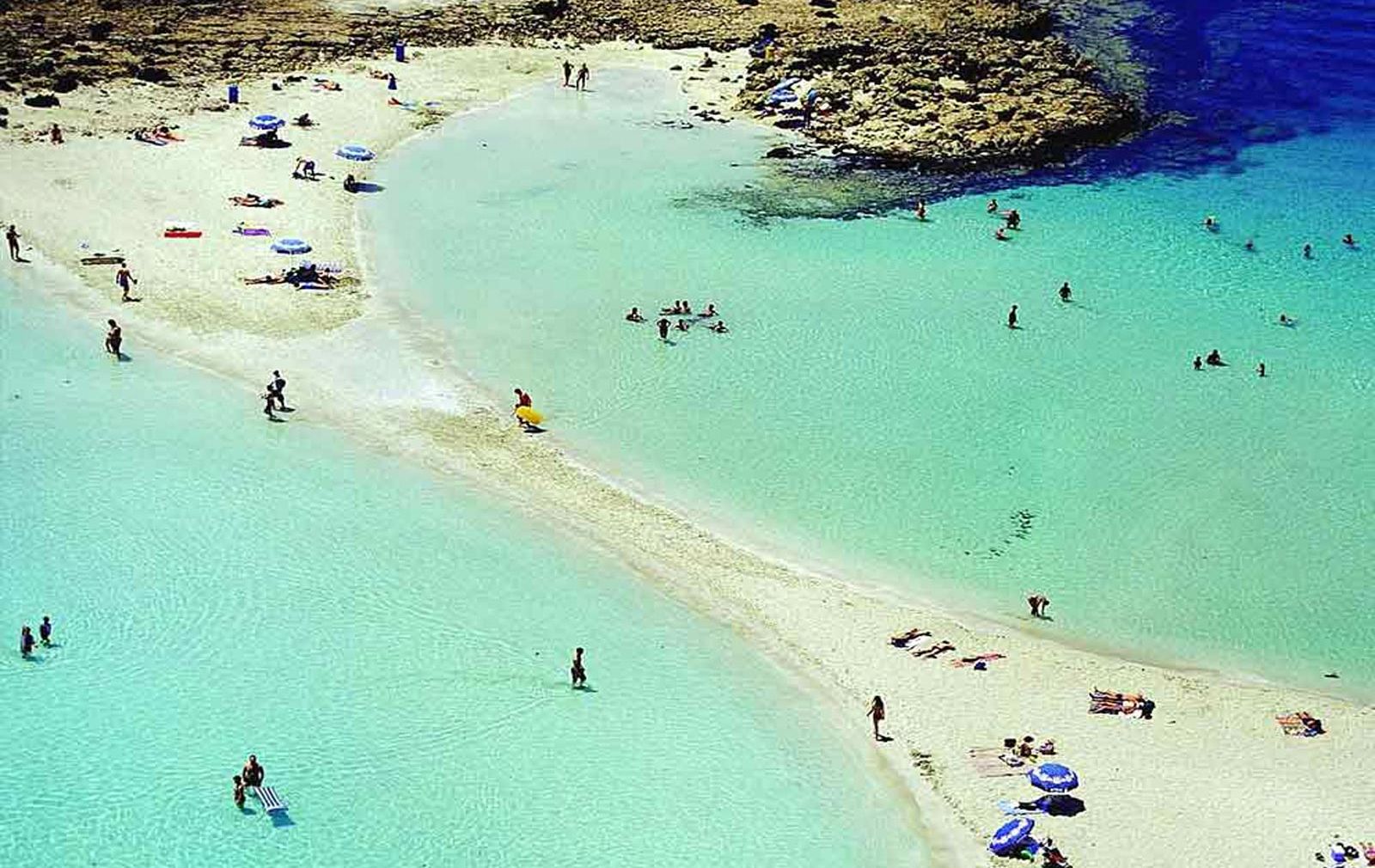
AYIA NAPA
-

PROTARAS (PARALIMNI)
-

Cape Greko National Park
-

Profitis Elias Chapel (Protaras)
-

Ayia Napa Monastery
-
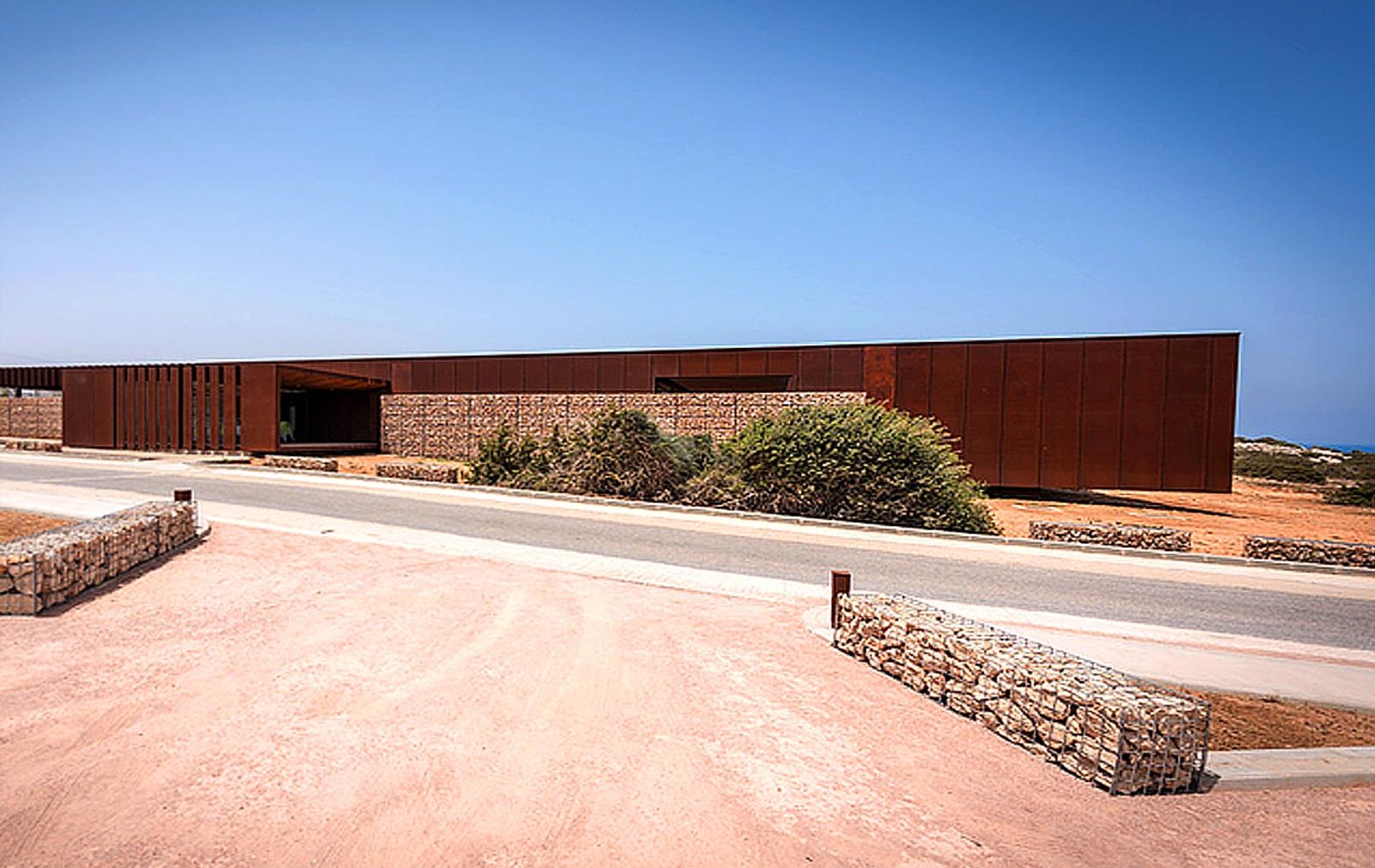
Cape Greko Environmental Center
-

Limanaki (Ayia Napa Harbour)
-

Famagusta Windmills
-

Ayia Napa Sculpture Park
-
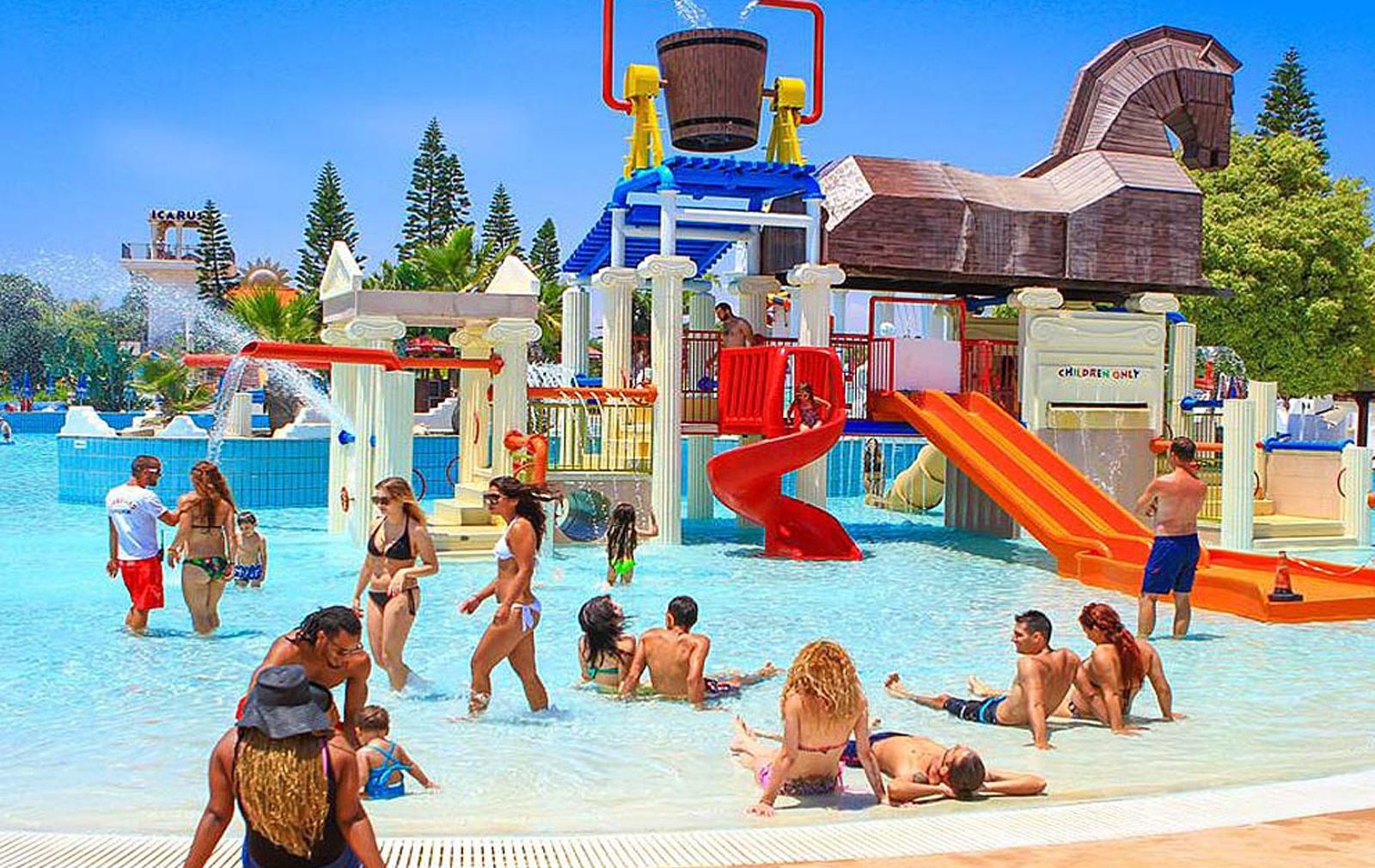
Ayia Napa Waterworld (Waterpark)
-

Nightlife in Ayia Napa


